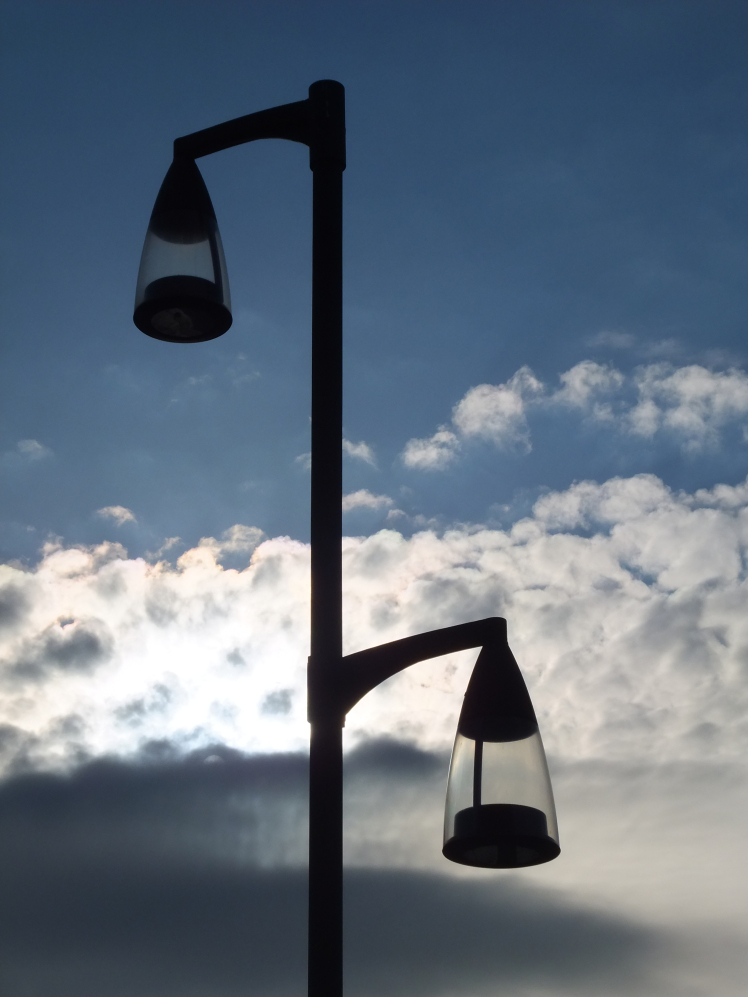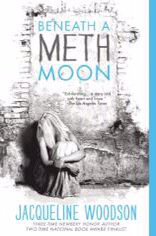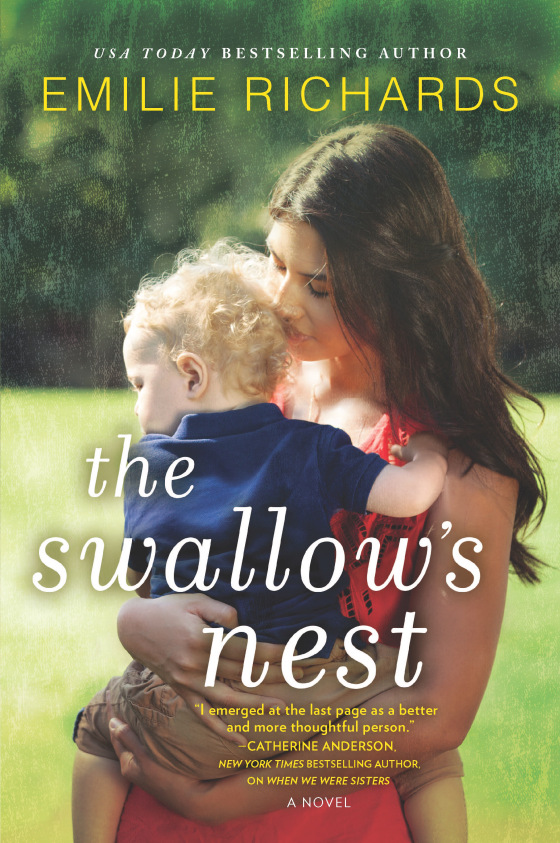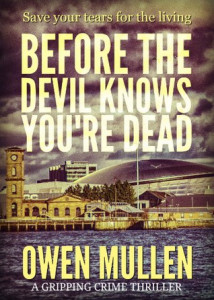Download links for: Sepp Holzer's Permaculture: A Practical Guide to Small-Scale, Integrative Farming and Gardening


Reviews (see all)
Write review
Excellent! Informative and eye-opening. Plus, the author reminds me of my own Grandfather. Bonus!
Love this guy. Highly recommended for anyone interested in permaculture and caring for the land.
awesome. simply awesome
Fascinating!
Other books by Food & Cookbooks
Related articles












